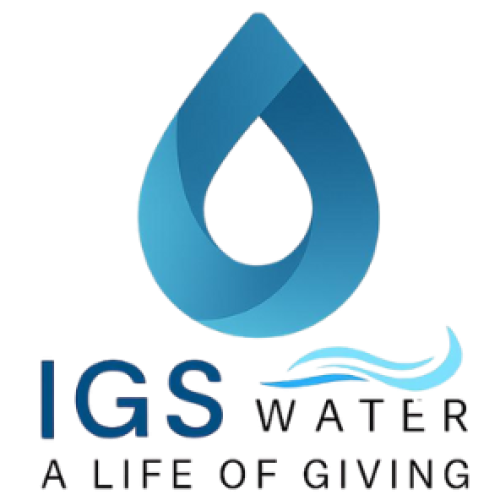When we think of clean water, we often imagine filters, chemicals, or mechanical aerators doing the work. But what if the real breakthrough happens on a microscopic level — so small that you can’t even see it? This is where nanobubble technology steps in, quietly transforming how we treat, purify, and sustain water systems across industries.
Unlike traditional aeration or filtration, nanobubbles don’t rely on constant movement or large mechanical setups. These ultra-fine gas bubbles — less than 200 nanometers in size — have a unique ability to change how water behaves. They carry a negative surface charge, allowing them to stay suspended in water for weeks instead of bursting instantly like ordinary bubbles. This stability makes them powerful agents for oxygen transfer, cleaning, and overall water rejuvenation.
The Science of Nanobubbles
Nanobubbles may be invisible to the naked eye, but their impact is far from small. Each nanobubble holds a concentrated amount of gas that dissolves into water over time. This process continuously releases oxygen at the molecular level, increasing dissolved oxygen (DO) without turbulence or energy waste.
Because of their unique surface charge, nanobubbles also help break down organic waste and neutralize contaminants. They attach to particles, biofilm, and pathogens, destabilizing them until they break apart naturally. The result? Clearer, cleaner, and more stable water — without the need for excessive chemicals or manual cleaning.
Beyond Aeration: A New Approach to Water Management
Traditional water treatment systems often require frequent maintenance, power-hungry pumps, and chemical additives. Nanobubble systems, however, approach water treatment from within — treating the core problem rather than masking it.
In aquaculture, nanobubbles ensure consistent oxygen supply, promoting healthier fish and shrimp growth. In agriculture, they enhance irrigation water quality, improving root oxygenation and nutrient absorption. Even in industrial and wastewater systems, nanobubbles reduce odor, sludge buildup, and bacterial contamination.
And because they do not rely on circulation or moving parts, nanobubble generators are far less prone to clogging — making them more reliable, energy-efficient, and cost-effective in the long run.
The Future Is Clear
As global water challenges continue to grow, the need for sustainable solutions becomes urgent. Nanobubble technology represents a major shift in how we think about water — not just as a resource to be treated, but as a system that can renew itself when given the right tools.
IGS Water is proud to be at the forefront of this innovation, providing pure nanobubble generators designed to perform even under tough conditions. Whether it’s improving dissolved oxygen levels in ponds, reducing algae in reservoirs, or optimizing irrigation for agriculture, our technology works silently yet powerfully to restore balance where it matters most — inside the water itself.
It’s not just about bubbles. It’s about transforming how the world interacts with water — one nanobubble at a time.

